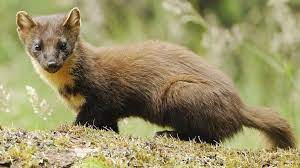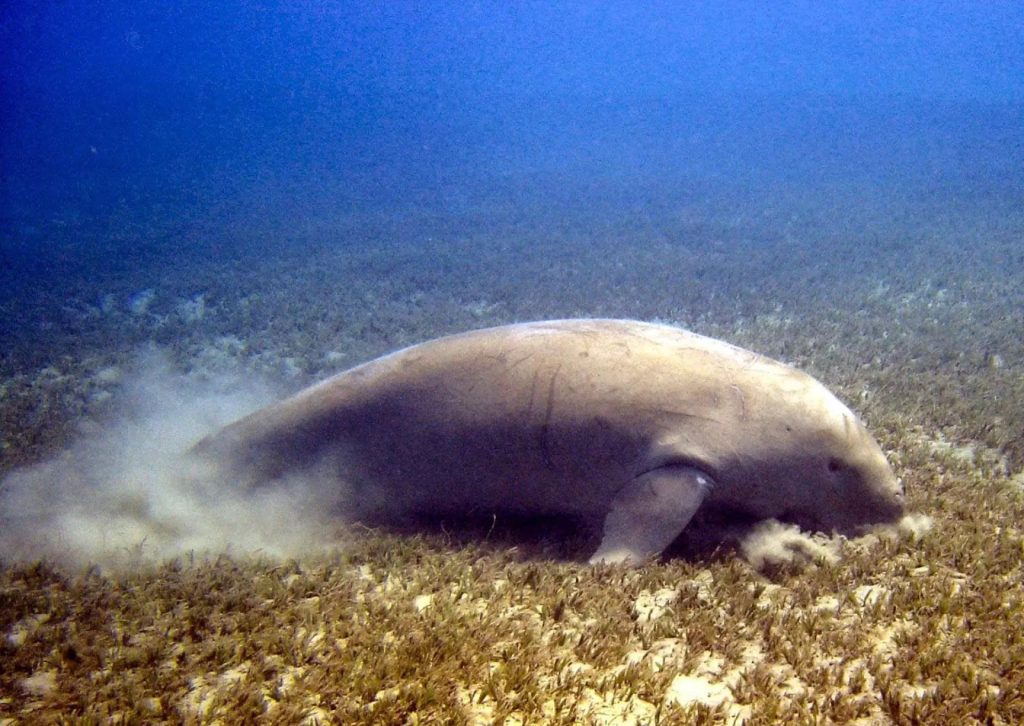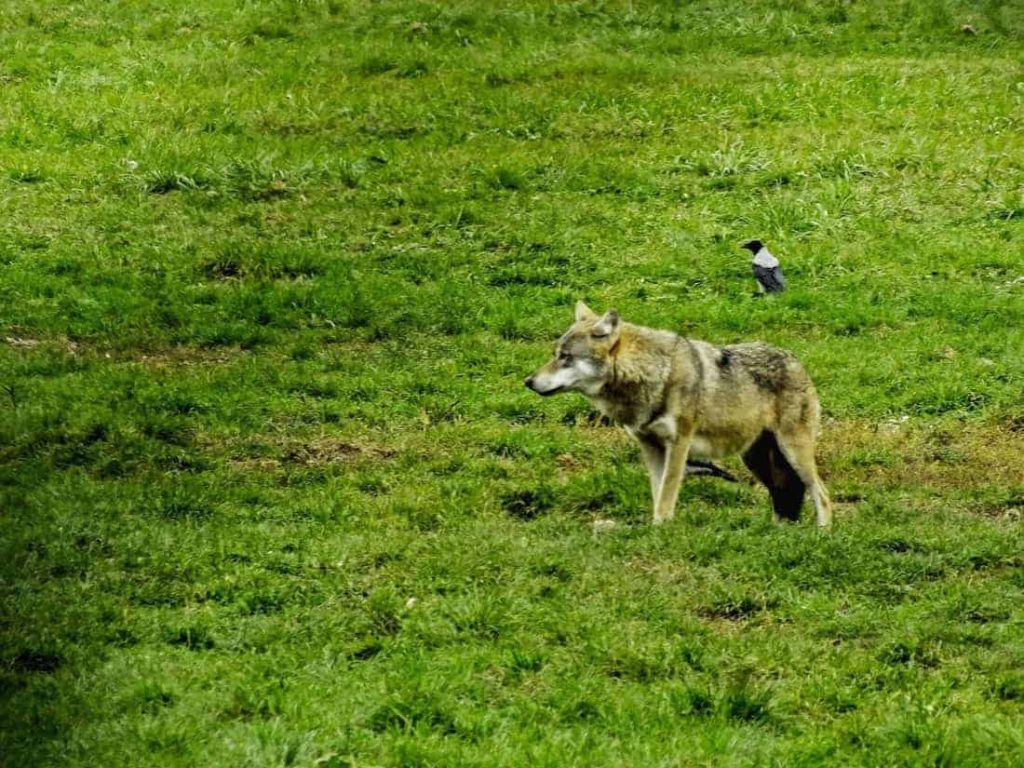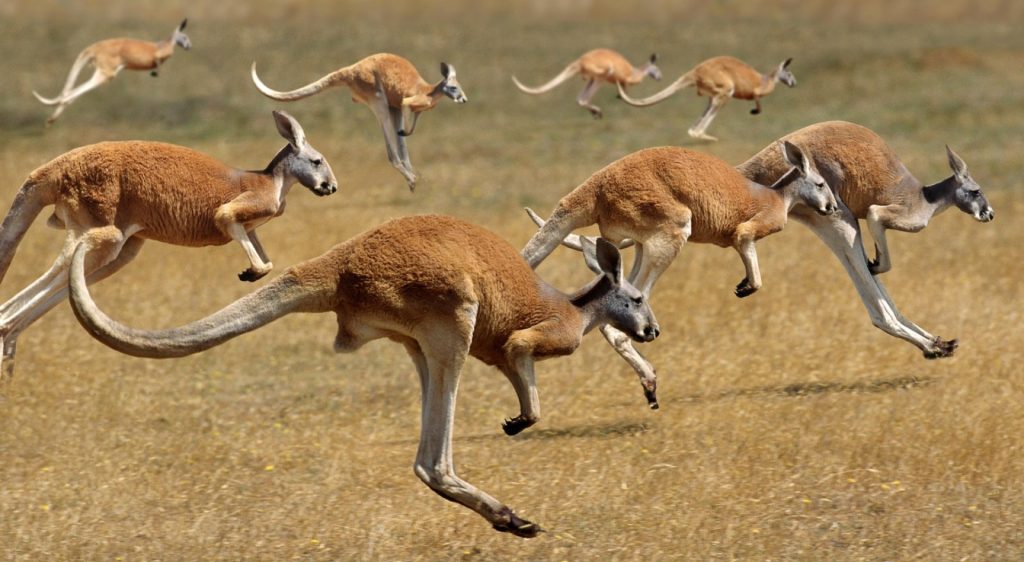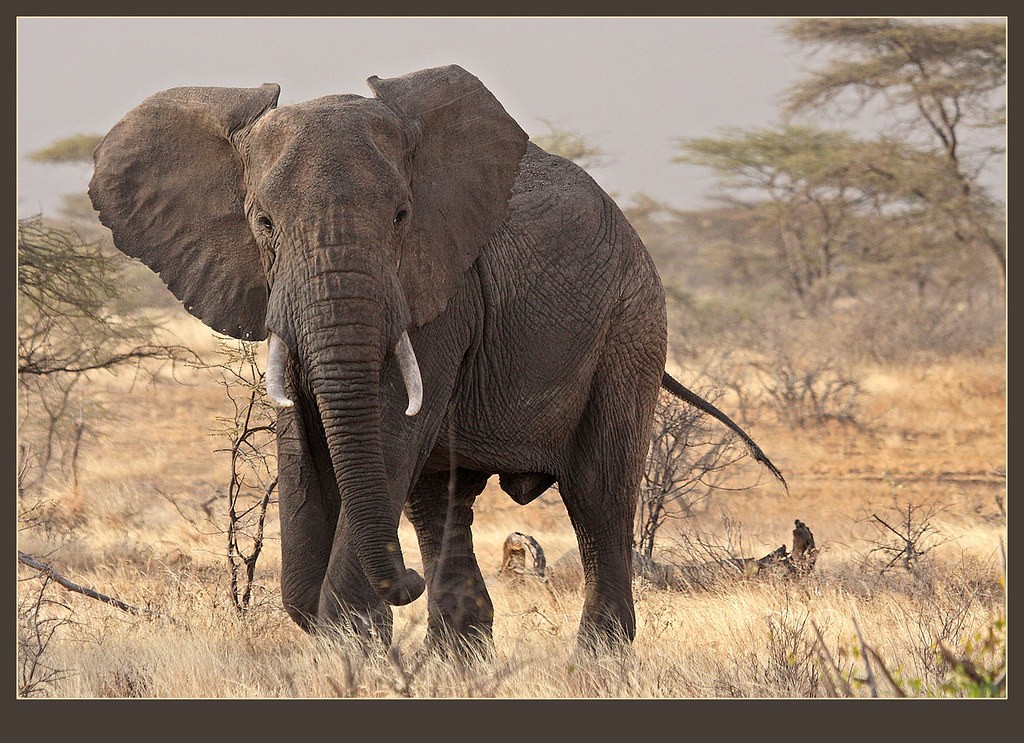
African elephant populations have risen and fallen incredibly fast over the last few centuries. It is estimated that as much as 20 million Savanah elephants roamed Africa in the year 1800, but in 1979 just 600,000 remained, and in 2016 just 415,000 live in Africa. At that point, over 100,000 had been poached in the previous decade.
Unfortunately, it is not merely a case of making more parks. Elephants are incredibly intelligent, but so called fortress reserves, are not good enough. Indeed, less well protected reserves, that are linked together by migration corridors, are far better for the elephant population, than the aforementioned fortress reserves.
These corridors have multiple benefits, from allowing elephants to leave overpopulated areas, to being able to move to places where food and water are available. It also means that the elephants can leave areas of heavy poaching, for instance the Virunga national park, where elephants virtually disappeared in the 1990s, but have started to return from Queen Elizabeth national park in Uganda, across the border.
Where animals cannot move, one often has a boom and bust kind of population dynamic. Now, it should be noted, that this is not always easy, as migration corridors are rarely completely empty of humans, so there is more conflict in these areas, never-the-less, it is clear that these corridors are essential, if these elephant populations are to survive into the long-term. Of course, it also leads to an interesting situation, where virtually all of the huge ecosystems in Africa are along borders, as this allows more than one country to share the cost.
Of perhaps greater worry, this population of 415,000 is both the African savannah and African forest elephant. Yet these two are completely separate species, African forest elephants are nicknamed the gardeners of the forest, and it is questionable whether it can survive as effectively in the long-term without their recovery. The African forest elephant had a population of 26 million in 1800, it is unclear how many are left, but what is clear, is that their population has collapsed in the last few decades.

